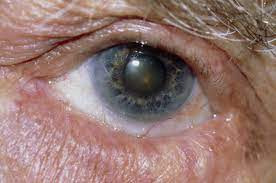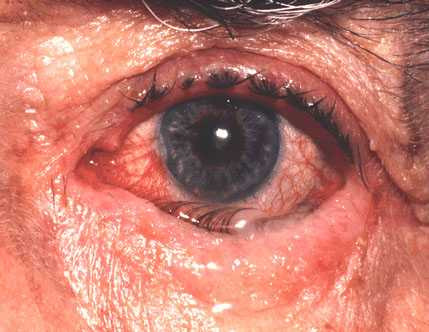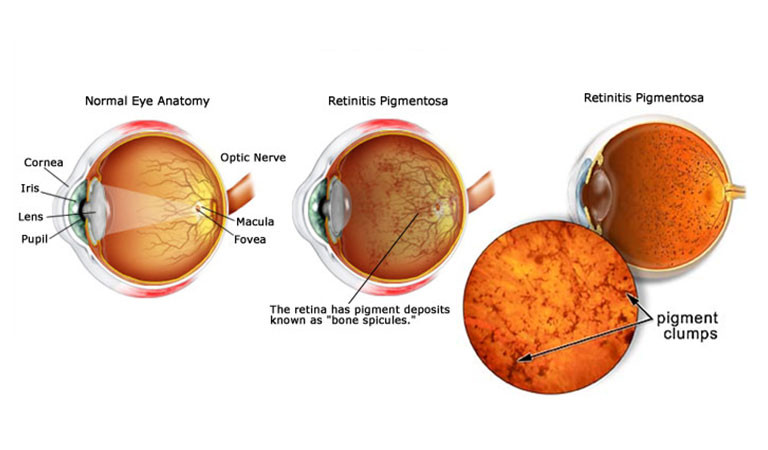Definition
Ptosis is a condition characterized by the drooping of the upper eyelid from its normal position. Typically, the upper eyelid covers only 1-2 millimetres of the pupil. Ptosis can be congenital or acquired. Congenital ptosis is more common in males, while acquired ptosis affects both genders equally and usually occurs in older adults. The prevalence of ptosis is uniform across different races and genders.
Causes
Ptosis can manifest as either a congenital or acquired condition. Congenital ptosis typically arises from malformations in the upper eyelid muscles. Additionally, congenital ptosis may result from congenital cranial nerve paralysis. Another condition causing congenital ptosis is congenital Horner syndrome, characterized by ptosis, miosis (small pupil), anhidrosis (dry skin), and heterochromia (different iris colors).
Acquired ptosis is predominantly caused by structural changes in the eyelids due to aging, such as stretching, open wounds, or tears in the eyelid muscles. Beyond aging, ptosis can stem from muscle, nerve, trauma, or other mechanical issues. Muscle-related problems may include myasthenia gravis (an autoimmune disease causing muscle weakness) and decreased muscle mass from various conditions. Nerve issues may involve paralysis affecting the eyelids, such as in Horner's syndrome. Trauma-causing ptosis may result from tears in the eyelid muscles or severed nerves. Additionally, mechanical causes may include masses on the eyelid from tumors or scar tissue post-surgery.
Risk factor
Risk factors for ptosis vary with its etiology. In congenital ptosis, risk factors may be genetic, but can also occur idiopathically. For acquired ptosis, eye and eyelid trauma history or prior history of eye surgery can be significant risk factors. Recent botulinum toxin (Botox) injections can also increase the risk of developing ptosis.
Symptoms
Common symptoms of ptosis include a droopy appearance of the eyes and visual field obstruction due to the eyelid covering the upper part of the eye. Other symptoms depend on the underlying cause. For instance, in myasthenia gravis, ptosis typically worsens by evening as the eyelid muscles fatigue. Ptosis can also be accompanied by symptoms such as double vision, limited visual field, and general fatigue, contingent on the cause.
Diagnosis
Ptosis itself is a symptom rather than a disease, necessitating further investigation into its underlying causes. The doctor will inquire about the patient’s medical history and the symptoms they experience. Visual function assessments, including visual acuity and visual field tests, will be conducted. The doctor will also examine the eyes to look for structural differences in eyebrow position, and the skin of the eyelid and its surrounding. Measurements of the eyelid opening width and the distance between the center of the eye and the eyelids will be taken. Additional evaluations may include corneal and tear examinations for dry eye assessment.
Laboratory tests may be required to identify the cause of ptosis. Testing for antibodies to the acetylcholine receptor can confirm myasthenia gravis. The Tensilon test, which involves injecting edrophonium chloride to observe eyelid response, may also be performed. Another test, such as electromyogram (EMG), can help assess electrical conductivity in nerves and muscles.
If nerve abnormalities are detected, a CT scan or MRI of the brain may be conducted. For suspected inflammatory causes, imaging procedures of the eye and surrounding bones may be necessary. In cases of suspected Horner's syndrome, neck and head imaging tests may be performed.
Management
The management of ptosis is contingent on its cause and onset. In cases of congenital ptosis, doctors will observe for other signs, such as amblyopia (lazy eye), strabismus (crossed eyes), and abnormal head posture. If these signs are present, immediate surgical intervention may be necessary. In the absence of these signs, the doctor may opt to observe the child's condition, and any planned eye surgical procedure can be delayed.
For acquired ptosis, treatment is tailored to the underlying cause. If ptosis is attributed to myasthenia gravis, the physician may refer the patient to a neurologist for appropriate treatment, which typically involves medication. In cases where ptosis results from aging, injury, or surgical scars, surgical correction is usually required.
After the surgical procedure, a follow-up appointment is scheduled for 1-2 weeks subsequently. During the recovery process at home, patients will be instructed to apply antibiotic ointment to the eyes and the surgical area in the body for 5-7 days. Temporary difficulty in closing the eyes may occur, necessitating the use of artificial tear drops 4-6 times daily to maintain moisture and protect against infections and foreign objects.
For patients opting out of surgery, doctors can prescribe specialized glasses with eyelid supports or recommend using tape to keep the eyelids open.
Complications
Congenital ptosis complications include amblyopia (lazy eye) and astigmatism. Psychosocial impacts, such as decreased school performance and reduced self-confidence, can also occur due to the eye's perpetually sleepy appearance. Acquired ptosis may narrow the visual field, negatively impacting activities like driving, reading, or walking.
Surgical procedures for ptosis carry risks such as bleeding and infection. Long-term complications may include asymmetry of the eyelids and exposure to foreign objects due to unsuccessful surgery.
Prevention
While congenital ptosis cannot be prevented, acquired ptosis caused by injuries can be avoided. Protective eyewear is essential when engaging in activities that pose a risk of eye injury, such as riding a motorcycle or working with hazardous materials.
When to see a doctor?
Consult a doctor if your eyelids obstruct your vision during activities like driving or reading. If your child shows signs of ptosis, seek medical advice for a thorough examination and to prevent further complications.
Looking for more information about other diseases? Click here!
- dr Nadia Opmalina
(*) Alsuhaibani, A., Plemel, D., Yen, M., Lee, N., Marcet, M., & Burkat, C. (2021). Blepharoptosis - EyeWiki. Retrieved 18 November 2021, from https://eyewiki.aao.org/Blepharoptosis
Cohen, A. (2020). Ptosis (Blepharoptosis) in Adults: Background, Pathophysiology, Epidemiology. Retrieved 18 November 2021, from https://emedicine.medscape.com/article/1212082-overview#showall
Shahzad, B., & Siccardi, M. (2021). Ptosis. Retrieved 18 November 2021, from https://www.ncbi.nlm.nih.gov/books/NBK546705/












